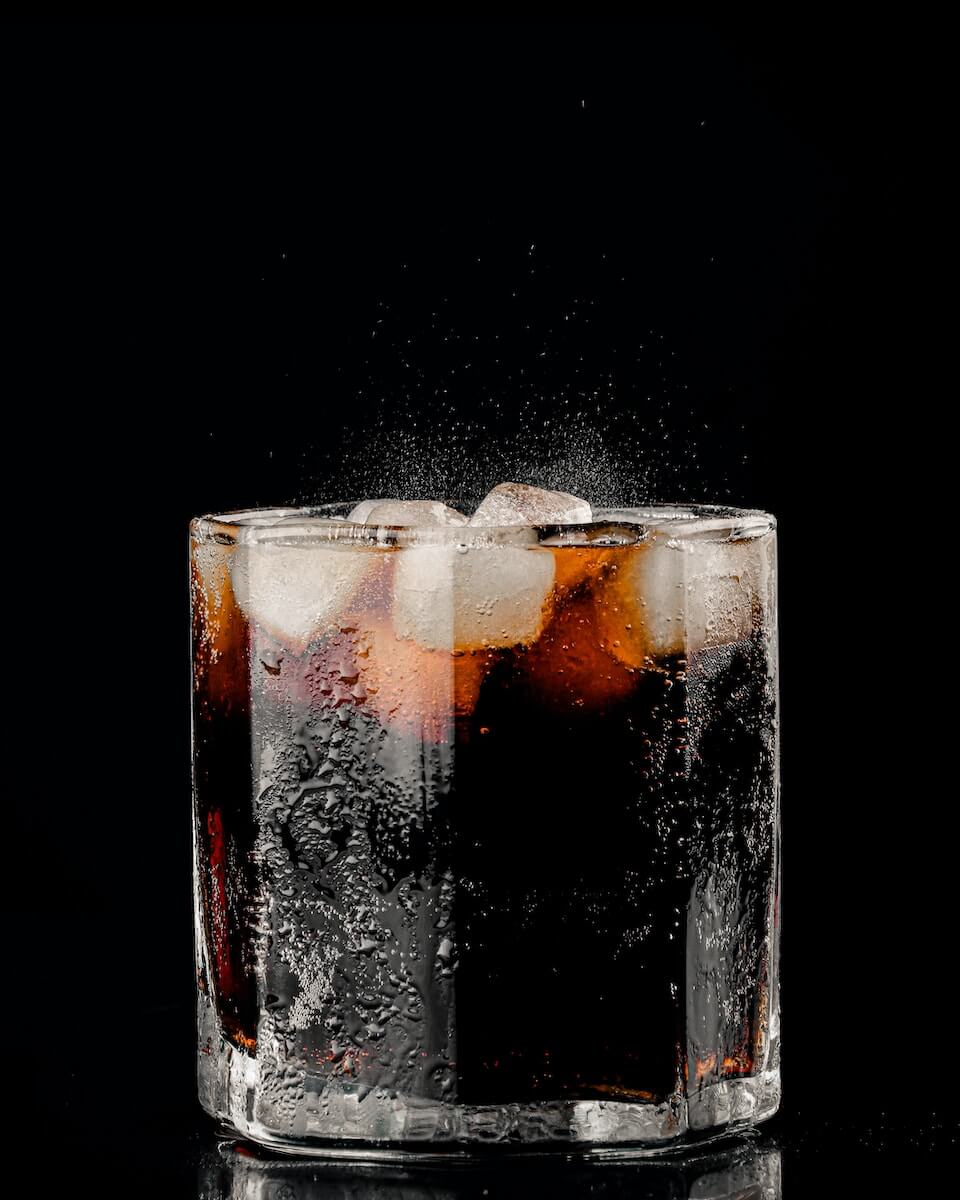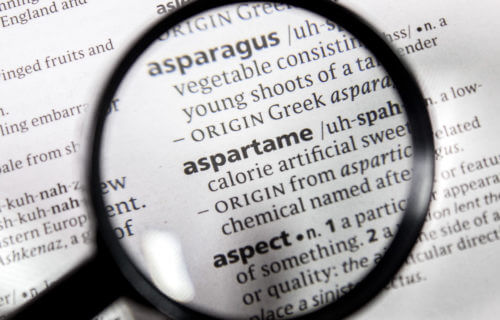Another branch of the WHO, the Joint WHO and Food and Agriculture Organization’s Expert Committee on Food Additives has assessed the risk and developed recommendations on how much aspartame is safe to consume. They have recommended the acceptable daily intake be 0 to 40mg per kilo of body weight, as we currently have in Australia.
A hazard is different to a risk. The hazard rating means it’s an agent that is capable of causing cancer; a risk measures the likelihood it could cause cancer.
So what does this hazard assessment mean for you?
Firstly, what is aspartame?
Aspartame is an artificial sweetener that is 200 times sweeter than sugar, but without any kilojoules.
It’s used in a variety of products including carbonated drinks such as Coke Zero, Diet Coke, Pepsi Max and some home brand offerings. You can identify aspartame in drinks and foods by looking for additive number 951.
Food products such as yogurt and confectionery may also contain aspartame, but it’s not stable at warm temperatures and thus not used in baked goods.
Commercial names of aspartame include Equal, Nutrasweet, Canderel and Sugar Twin. In Australia the acceptable daily intake is 40mg per kilo of body weight per day, which is about 60 sachets.
In America the acceptable daily intake has been set at 75 sachets.
What evidence have they used to come to this conclusion?
IARC looked closely at the evidence base from around the world – using data from observational studies, experimental studies and animal studies.
They found there was some limited evidence in human studies linking aspartame and cancer (specifically liver cancer) and limited evidence from animal studies as well.
They also considered the biological mechanism studies which showed how cancer may develop from the consumption of aspartame. Usually these are lab-based studies which show exactly how exposure to the agent may lead to a cancer. In this case they found there was limited evidence for how aspartame might cause cancer.
There were only three human studies that looked at cancer and aspartame intake. These large observational studies used the intake of soft drinks as an indicator of aspartame intake.
All three found a positive association between artificially sweetened beverages and liver cancer in either all of the population they were studying or sub-groups within them. But these studies could not rule out other factors that may have been responsible for the findings.
A study conducted in Europe followed 475,000 people for 11 years and found that each additional serve of diet soft drink consumed per week was linked to a 6% increased risk of liver cancer. However the scientists did conclude that due to the rarity of liver cancer they still had small numbers of people in the study.
In a study from the US, increased risk of liver cancer was seen in people with diabetes who drank more than two or more cans of a diet soda a week.
The third study, also from the US, found an increase in liver cancer risk in men who never smoked and drank two or more artificially sweetened drinks a day.
From this they have decided to declare aspartame as a Group 2b “possible carcinogen”. But they have also said more and better research is needed to further understand the relationship between aspartame and cancer.
IARC has four categories (groupings) available for potential substances (or as they are referred to by IARC, “agents”) that may cause cancer.

What does each grouping mean?
Group 1 Carcinogenic to humans: an agent in this group is carcinogenic, which means there is convincing evidence from human studies and we know precisely how it causes cancer. There are 126 agents in this group, including tobacco smoking, alcohol, processed meat, radiation and ionizing radiation.
Group 2a Probably carcinogenic to humans: there are positive associations between the agent and cancer in humans, but there may still be other explanations for the association which were not fully examined in the studies. There are 95 agents in this group, including red meat, DDT insecticide and night shift work.
Group 2b Possibly carcinogenic in humans: this means limited evidence of causing cancer in humans, but sufficient evidence from animal studies, or the mechanism of how the agent may be carcinogenic is well understood. This basically means the current evidence indicates an agent may possibly be carcinogenic, but more scientific evidence from better conducted studies is needed. There are now 323 agents in this group, including aloe vera (whole leaf extract), ginkgo biloba and lead.
Group 3 Not classifiable as a carcinogen: there’s not enough evidence from humans or animals, and there is limited mechanistic evidence of how it may be a carcinogen. There are 500 agents in this group.
So do I have to give up my diet soft drink habit?
For a 70kg person you would need to consume about 14 cans (over 5 liters) of soft drink sweetened with aspartame a day to reach the acceptable daily intake.
But we need to remember there may also be aspartame added in other foods consumed. So this is an unrealistic amount to consume, but not impossible.
We also need to consider all the evidence on aspartame together. The foods we typically see aspartame in are processed or ultra-processed, which have recently also been shown to be detrimental to health.
And artificial sweeteners (including aspartame) can make people crave more sugar, making them want to eat more food, potentially causing them to gain more weight.
All together, this indicates we should be more careful about the amount of artificial sweeteners we consume, since they do not provide any health benefits, and have possible adverse effects.
But overall, from this evidence, drinking the occasional or even daily can of a diet drink is safe and probably not a cancer risk.![]()
Article written by Evangeline Mantzioris, Program Director of Nutrition and Food Sciences, Accredited Practicing Dietitian, University of South Australia
This article is republished from The Conversation under a Creative Commons license. Read the original article.
You might also be interested in:
- Diet soda may actually lead to weight gain by causing brain to crave more food
- 8 Ways Artificial Sweeteners Are Bad For You: Why ‘Sugar-Free’ Isn’t Always Healthier
- Inactive lifestyles, sugary diets worse for men

